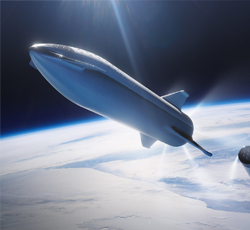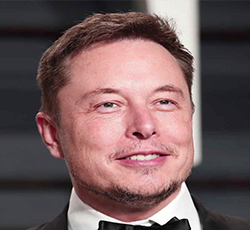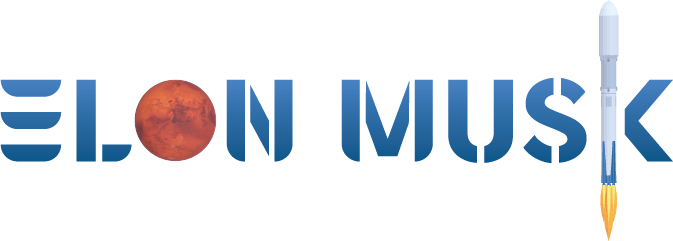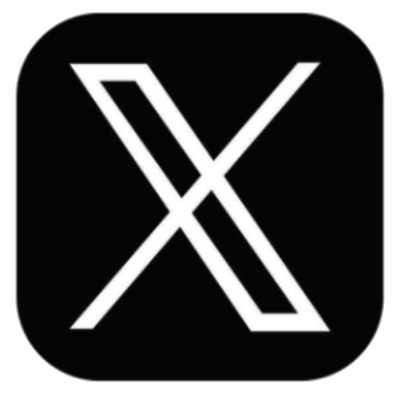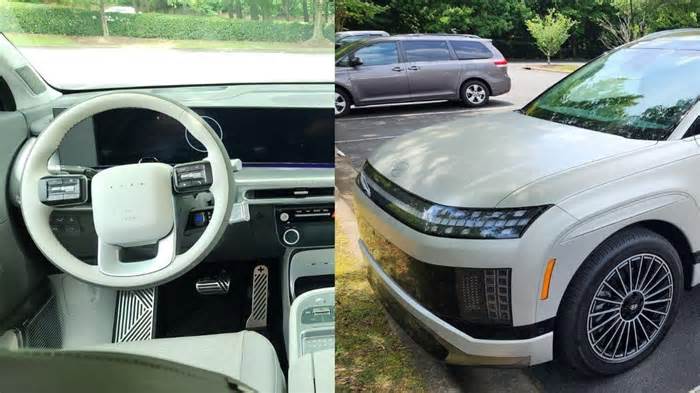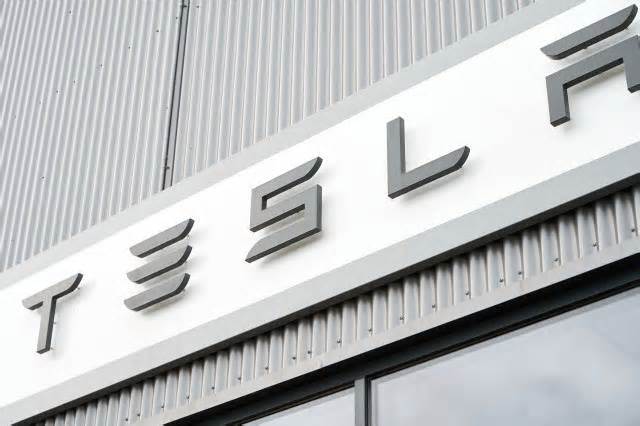
The 2024 Tesla Model 3 gives us something to be excited about - USA TODAY
- by USA Today
- Nov 10, 2023
- 0 Comments
- 0 Likes Flag 0 Of 5
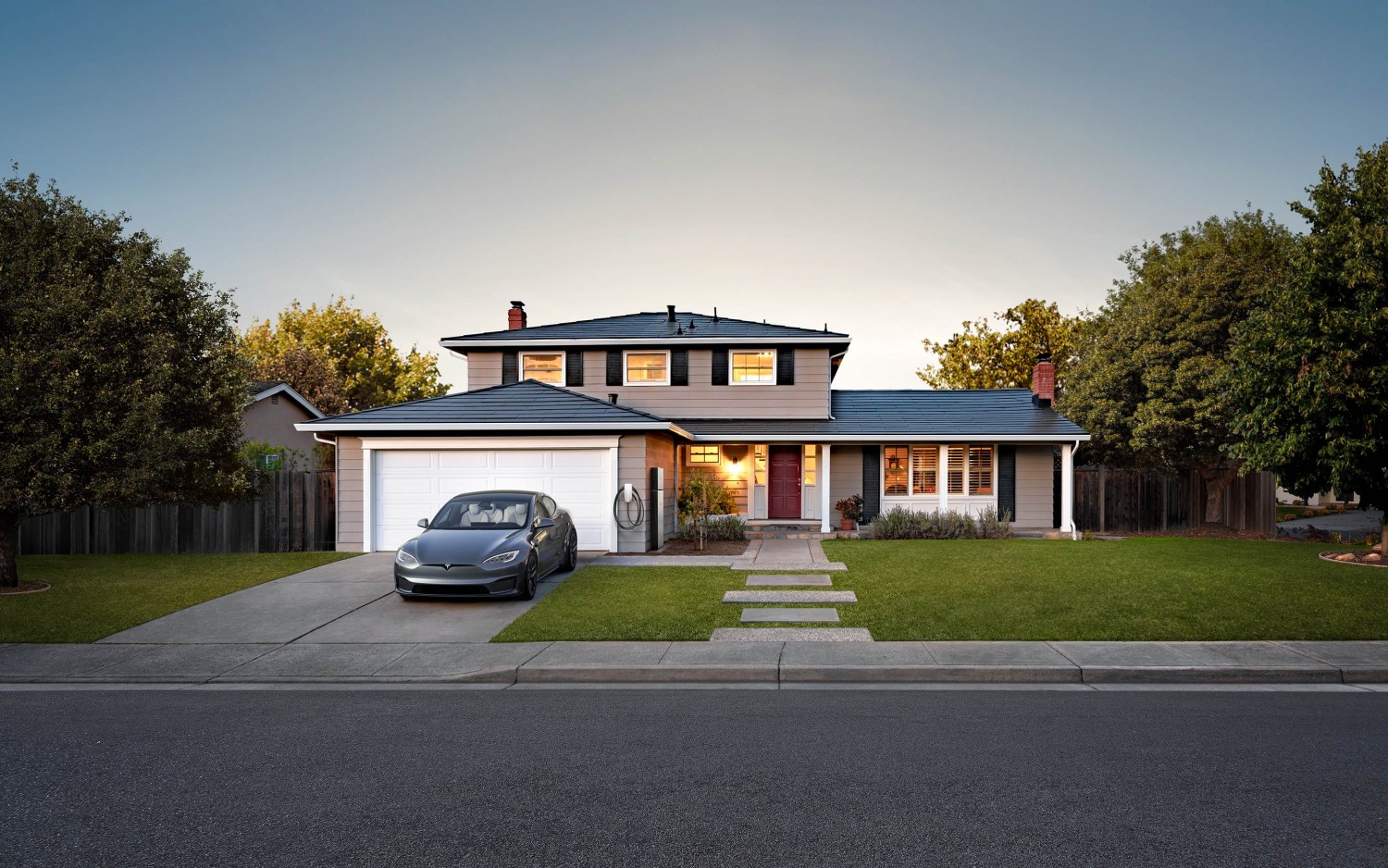
MotorTrend
Tesla doesn’t have a formal communications department, but that doesn’t mean it isn’t listening to its customers, to reviewers, and to random people on X. The 2024 Tesla Model 3 makes it clear the company paid close attention to what people have said about its cars, took the feedback seriously, and went to work.
Introducing the 2024 Tesla Model 3 Highland.
Tesla prefers to make running changes, even big ones, rather than update its cars via traditional model years and formal refreshes, but you can still classify the new Model 3 as a refresh. Known by its internal “Highland” code name, the car’s battery and motors are untouched. More surprising, it hasn’t adopted the single-piece rear body "gigacasting" of the Model Y. At a mechanical level, it’s mostly the same car.
You’re forgiven for thinking the same applies to the exterior, but that’s not strictly true. According to Tesla, everything but the doors and rear fenders is new. Some of the changes are obvious. The new nose is resolved better than before, looking more like a Tesla Roadster and less like Spider-Man’s mask. The foglights are gone and cooling air flows through a single inlet. Out back, Tesla missed the memo on crab-claw taillights going out of style. However, moving them entirely onto the trunklid solves one of Tesla’s biggest build quality issues: inconsistent panel gaps that contribute to people having negative impressions of the cars’ build quality. Need a break? Play the USA TODAY Daily Crossword Puzzle.
Oh, yes, Tesla knows about the panel gaps. Despite all prior evidence, it cares about this ongoing problem, and fixing it wasn’t just about shutting us up. Tighter panel gaps are better for aerodynamics, so not only does the new Model 3 look like it was built by a company that cares but it achieves the lowest coefficient of drag of any Tesla at 0.219, down from 0.225.
Better aero and increased efficiency from software updates are responsible for Tesla’s improved range claims. We say “claims” because at the time of publishing, official EPA ratings haven’t been released. Tesla didn’t provide exact numbers, but we expect small changes from the current EPA-estimated 272 miles for the rear-drive Model 3 Standard Range car (seen in the gallery wearing new Stealth Grey paint) and 333 miles for the all-wheel-drive Dual-Motor Long Range car (seen below in the also-new Ultra Red paint). In other markets, Tesla reports improvements of roughly 10 percent.
Tesla's latest interior changes
Interior changes are slightly less subtle. The “wood” trim added to the dash and door panels a few years back is gone, replaced with nicely textured cloth on the dash that looks far richer. An adjustable ambient lighting strip runs above it and wraps around onto the doors, adding visual interest and helping to break up the all-black base interior. Spring for the optional two-tone white over black interior and the design really pops, as the white now runs up the door panels and onto the dash rather than being restricted to the seats as it used to be. It’s all still fairly minimalist, but now with a bit of panache.
The rest all looks pretty familiar up front until you look closely at the steering wheel. The shifter and turn signal stalks are gone; new touch-sensitive buttons have sprouted on the left and right spokes. Shifting is done by hoping the car guesses correctly which way you want to go—the early version present in our vehicles rarely got it right, but Tesla says improvements will be made before North American deliveries—swiping up or down on the leftmost side of the single screen, or via the touch-sensitive secondary shifter on the ceiling between the overhead lights.
Normally, we’d rage against touch-sensitive buttons on steering wheels and the deletion of physical controls, but we grudgingly give these a pass. Ferrari and Lamborghini put their turn signals on the steering wheel (though they don’t use capacitive buttons), so why can’t Tesla? Swiping on the screen to shift is hardly different from pushing a button on the dash of an Aston Martin. Tesla’s new controls all work well enough that we don’t have much to complain about. The turn signals take the most getting-used-to, but they still cancel themselves automatically (most of the time). Button presses are confirmed by vibrations in the panel itself rather than in the entire steering wheel, like the yoke in the Model S and X.
Once again, Tesla’s ability to pass off cost-cutting measures as innovation is unmatched. Physical buttons, switches, and levers are expensive to engineer. Parts that don’t move are far cheaper, and software code is even less costly. There are engineers at every automaker in the world who’d kill to have their own cost-cutting viewed nearly as favorably, and even praised, by customers.
Aside from the shifter, the screen looks and functions the same as before thanks to Tesla’s continuous over-the-air (OTA) software updates that keep older cars looking fresh. There’s now slightly more real estate thanks to a slimmer bezel, so you don’t lose much to the shifter. A new processor has the screen running faster, though not enough for you to really notice. Poke around a bit and you will notice controls for the new front seat coolers, a much-needed addition for anyone who lives in a hot climate.
The rear seat is where the real action is. It didn’t used to be a place you’d want to spend a lot of time, so it’s had a full makeover. The seat cushion itself is softer and the height of the bottom cushion and the angle of the backrest have been adjusted to make the seat considerably more comfortable, with slightly more headroom. The ambient lighting and (optional) two-tone door panels are present, and it’s all capped off by an 8-inch screen between the front seats.
Standard on all trims, the screen can control the rear air vents the same way you would control the fronts, change the entertainment source and track, take over control of the front passenger seat to create a chauffeured experience, and it’s also basically a Roku. You can stream Netflix, Disney+, YouTube, Twitch, and Hulu from your accounts, with audio played over the speakers (now optionally numbering 17 instead of 14) or through two paired wireless headphones. Critically, you can use them while the car is moving, unlike the same functions on the front screen that only work when the vehicle is parked. Sometime after the car goes on sale, Tesla will push an OTA update that allows gaming from the rear screen like you can already do on the front screen.
The 2024 driving experience
With the same motors and batteries as before, the actual driving experience isn’t what you’ll notice once you give up on the predictive shifting and put the car in Drive yourself. You do notice a solid thunk of the door closing when you first get in the car. Not the tinny, hollow noise of a Toyota but the way an actual luxury-car door sounds: solid. Start driving and what stands out most is what you don’t hear. The new 2024 Tesla Model 3 is much, much quieter inside than the old car. Less road noise, less tire noise, and less wind noise. You can have a normal conversation without raising your voice to be heard—a night-and-day difference.
It’s a comprehensive effort. Every window is now made of acoustically insulating glass, not just the front glass. The tighter panel gaps and better sealing reduce wind noise. A new panel under the frunk lid also reduces wind noise, while new suspension bushings and brake-mounting hardware reduce road noise transmission into the cabin. Soft-touch materials throughout the interior absorb noise, as do the thicker pads behind them. Yell loud enough in a current Model 3 and you can almost hear an echo. Not in this new one.
The cabin is also better isolated from road bumps. New frequency-adaptive passive shock absorbers improve ride quality enormously compared to the old car, though it’s still firm. Head toss especially is greatly reduced, as is gut jiggle. The rear end still suffers from crash through—that banging noise when one or both dampers bottom out—though now it only occurs on the worst bumps. It’s worse in the rear-drive car than in the Dual-Motor, likely because the carryover suspension design never had quite enough rear travel in the first place.
Handling is effectively unchanged, as the Model 3 still employs a noticeably quick steering rack and soft anti-roll bars that combine with the low center of gravity to make the car feel a bit hyper in corners. A bit less body roll would go a long way, whenever Tesla decides to make a new Performance model. Tesla engineers say new steering knuckles and front suspension geometry should make the front end feel more precise and responsive and less susceptible to tramlining, but we didn’t feel much of a difference. You’ll certainly get a lot more steering feel from the rear-drive car, if that’s something you’re after. The Dual-Motor's steering, with all that torque going to the front axle, feels somewhat detached.
Is Tesla missing something?
For all the upgrades Tesla gave the 2024 Model 3, we’d have liked to see a few more. We’re still not fans of the single centered screen and would much prefer to have either a small instrument-cluster screen or a head-up display so something as simple as checking your speed wouldn’t require taking your eyes so far off the road. Tesla tells us it’s not something existing owners clamor for, but we think it should ask prospective customers instead.
We’re also disappointed to see sunroof shades are still not standard. Yes, the tint on the ceiling glass is pretty dark, but it’s not enough. Forty-five minutes of driving with the A/C on after leaving the car sitting in the sun, the center console armrest was still too hot to rest an elbow on and the air around our heads was still noticeably warmer than around our torsos. The $145 (plus shipping) for a pair of mesh screens held in by plastic tabs is a rinky-dink and overpriced solution. Tesla’s decision to eliminate every sensor from the car but the cameras also needs a rethink. Something as innocuous as morning dew can obscure the cameras and diminish or disable the parking sensors and some Autopilot functions like blind-spot monitoring and Autosteer. At minimum, they need self-cleaning systems, but a better solution would include redundant overlapping sensors with different failure modes that can be compensated for.
Please first to comment
Related Post
Stay Connected
Tweets by elonmuskTo get the latest tweets please make sure you are logged in on X on this browser.




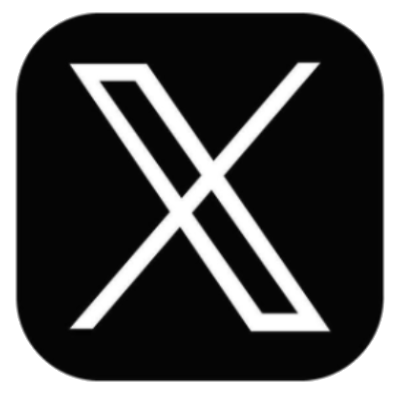

 Energy
Energy